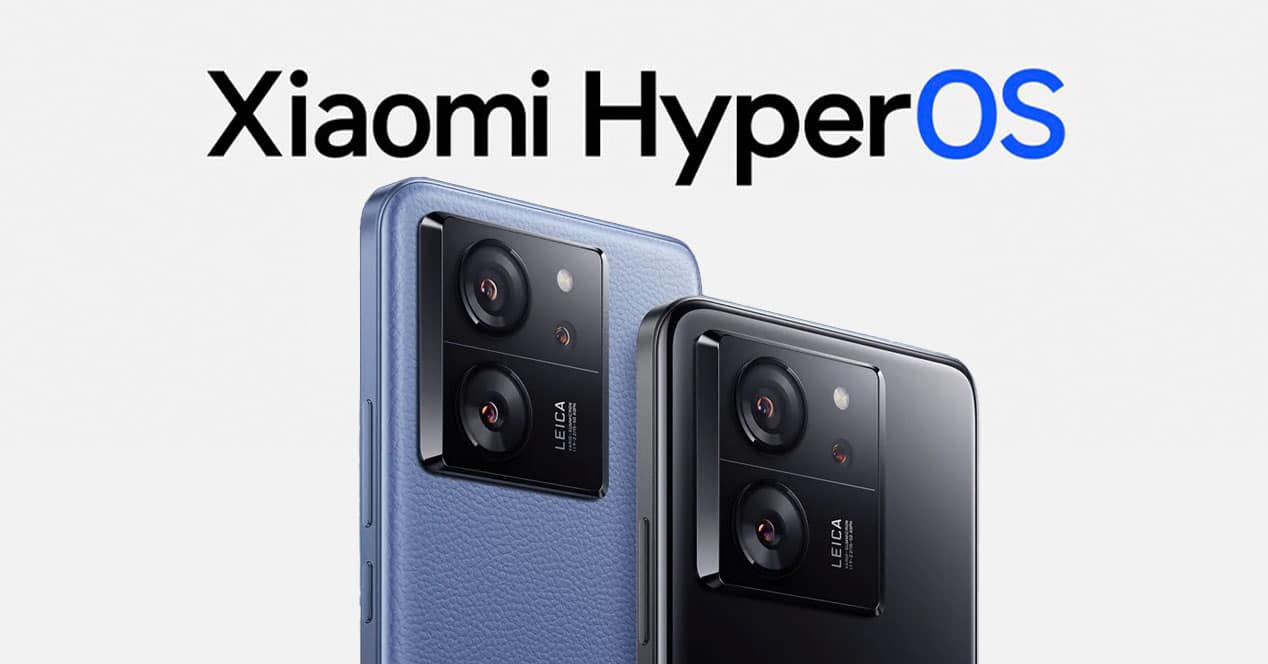What is HyperOS? Xiaomi presents new OS at MWC

Xiaomi, the Chinese smartphone brand, has introduced HyperOS, a new operating system designed to connect personal devices, cars and smart home products. With a basic structure built on five key principles, including System Level Optimization, Interconnectivity, Active Intelligence, Privacy & Security, and Open Platform, HyperOS aims to efficiently meet users' needs.
Often referred to as an 'ecosystem', the company's product line rivals even Apple's. While the hardware growth has been significant, software improvement was needed to connect these devices. The smartphone giant has tried to fill this gap with HyperOS.

Revealed at Xiaomi's 14 launch event at MWC Barcelona, HyperOS is described as a 'Human x Car x Home' smart ecosystem. It serves as a collective term for Xiaomi's various operating systems that span smartphones, smart home products and future ventures into cars.
HyperOS comes pre-installed on newer devices like the Xiaomi 14 series and Watch S3 and aims to unify the ecosystem through the HyperConnect framework. However, HyperOS is not a stand-alone operating system, but a collective term. It leverages the open Xiaomi Vela platform for IoT products and is built on AOSP for smartphones and tablets.
Despite similarities to MIUI, HyperOS brings improvements like improved fluidity, new animations and UI customizations. Generative AI features are a highlight, including AI Subtitles for video conversion, AI Portrait for image generation and AI Expansion for photo editing. Xiaomi sees HyperOS as the hub for intelligent device communication and AI-driven decisions. Currently, HyperOS represents an evolving vision for Xiaomi that aims for seamless device interaction and smarter features. As the company continues to develop the operating system, more innovative features are expected in the future.
Latest smartphone
-
25 Sepsmartphone
-
18 Febsmartphone
OnePlus Watch 3 now hits stores
-
07 Jansmartphone
OnePlus 13
-
03 Decsmartphone
OnePlus 13 will launch globally in January 2025
-
25 Octsmartphone
OnePlus launches OxygenOS 15
-
17 Octsmartphone
OxygenOS 15 goes live on October 24
-
20 Sepsmartphone
Apple can be forced to open Siri
-
10 Sepsmartphone
A18 Pro chip in iPhone 16 Pro is 15 percent faster
Most read smartphone
Latest smartphone
-
25 Sepsmartphone
OnePlus launches OnePlus 15
-
18 Febsmartphone
OnePlus Watch 3 now hits stores
-
07 Jansmartphone
OnePlus 13
-
03 Decsmartphone
OnePlus 13 will launch globally in January 2025
-
25 Octsmartphone
OnePlus launches OxygenOS 15
-
17 Octsmartphone
OxygenOS 15 goes live on October 24
-
20 Sepsmartphone
Apple can be forced to open Siri
-
10 Sepsmartphone
A18 Pro chip in iPhone 16 Pro is 15 percent faster






